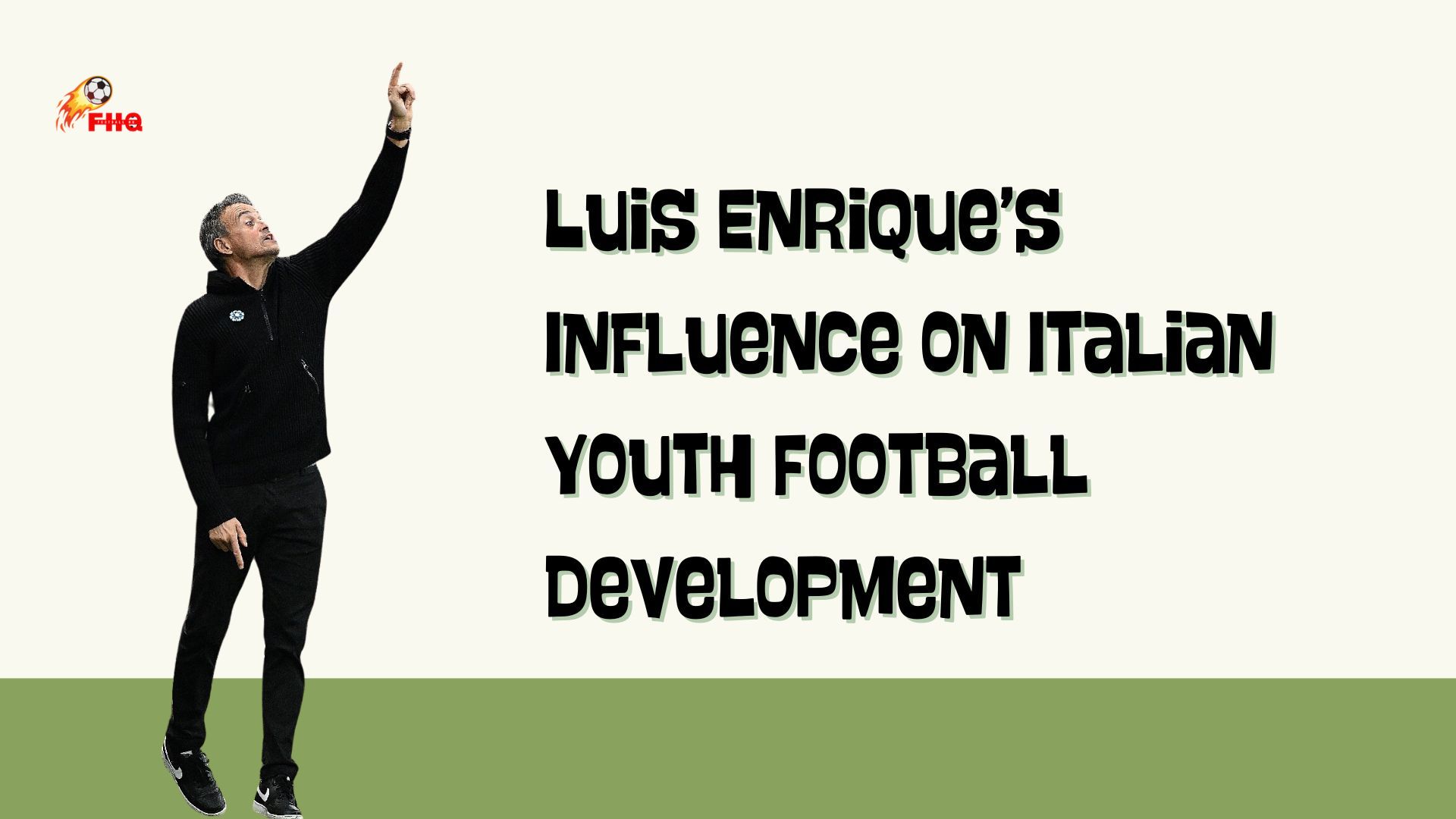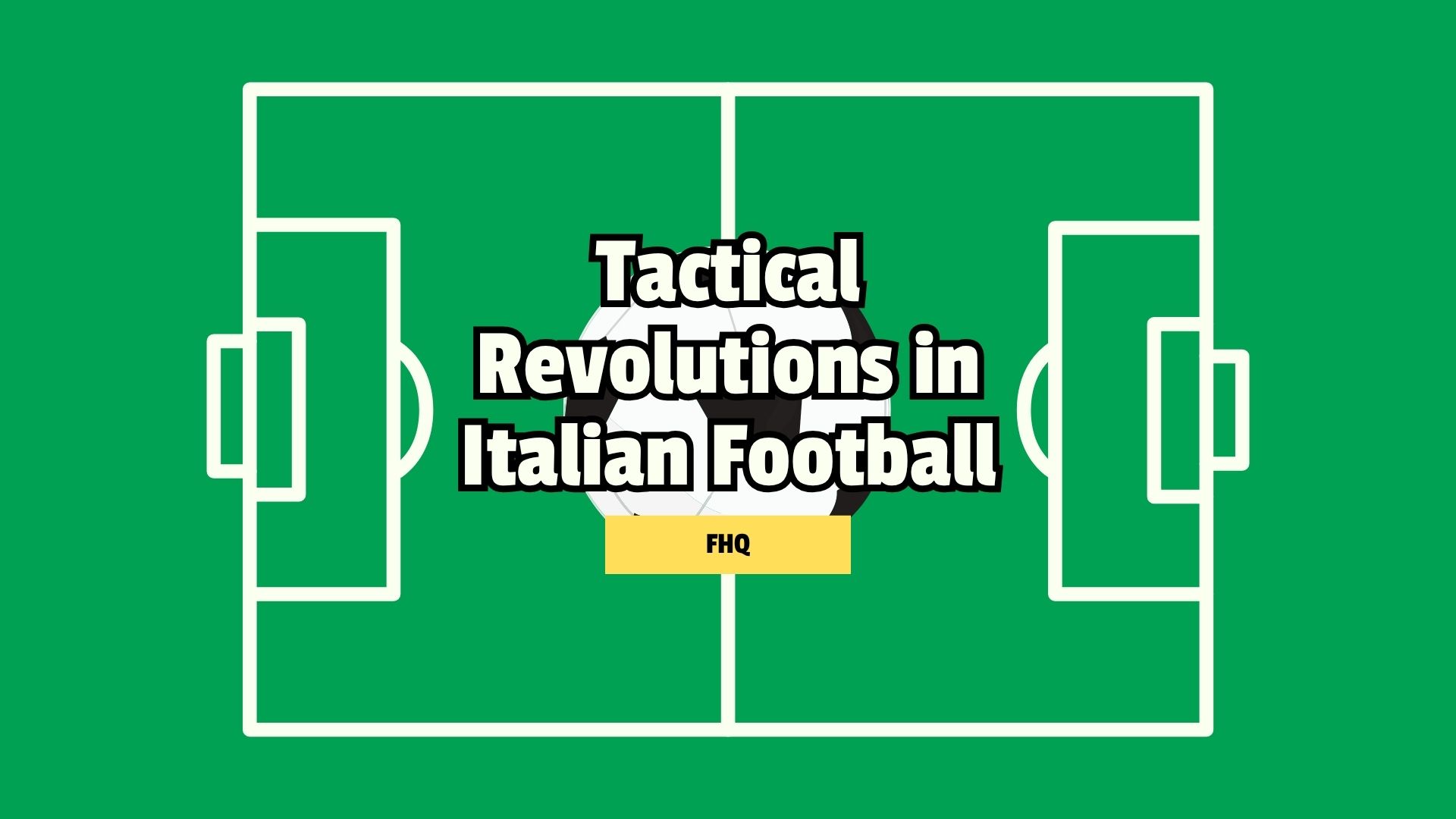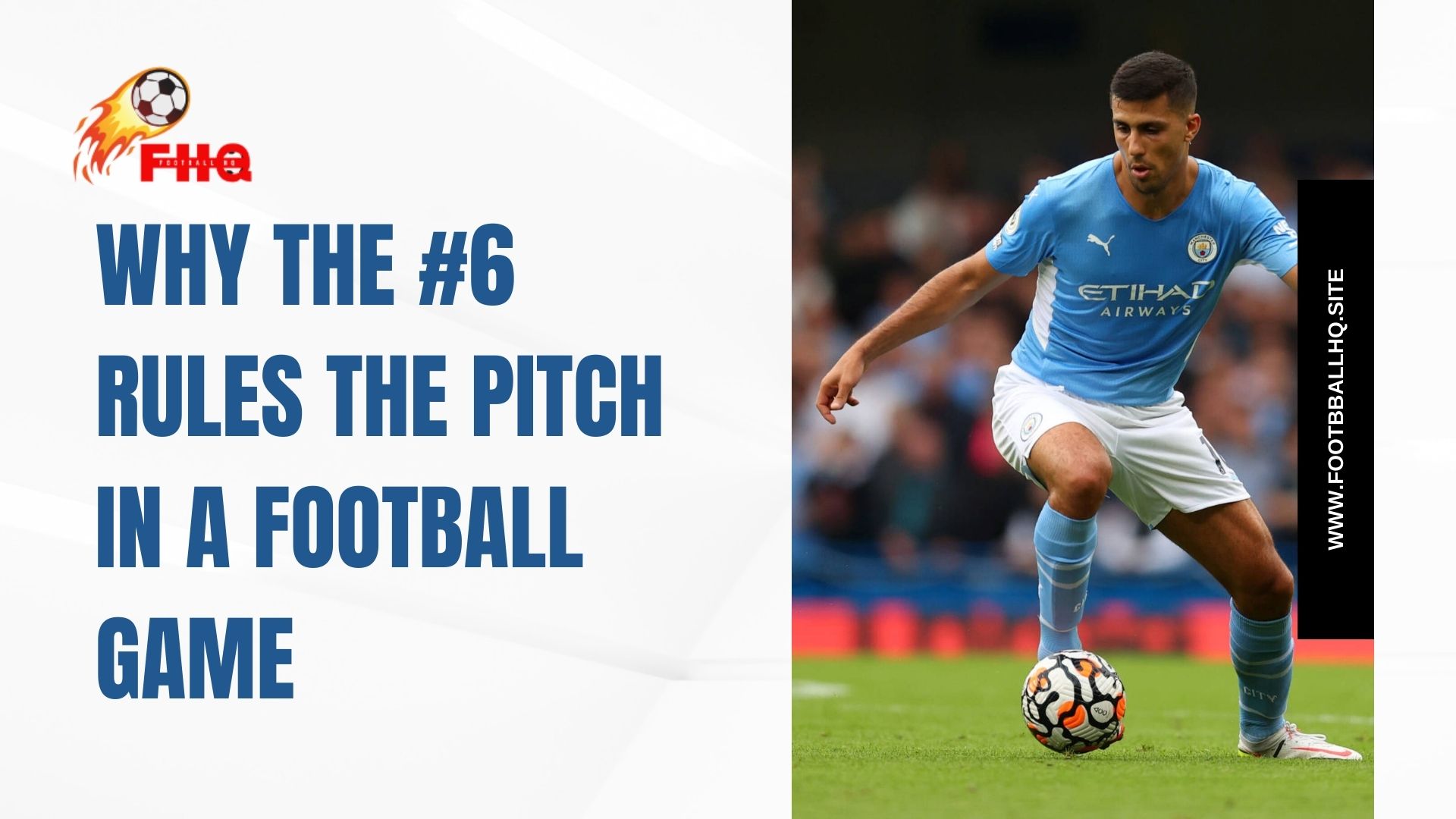
Hey everyone! If you’ve been following Italian football lately, you might feel stuck in a rut—endless tactics, debates, and precious few genuine breakthroughs.
Well, former Italy striker Aldo Serena has shone a spotlight on a simple yet powerful solution to italian youth football development based on an old Luis Enrique interview. Buckle up because I’m about to explain why Enrique’s approach could be the breath of fresh air our game desperately needs.
The Italian Stalemate: Why We’re All Scratching Our Heads
First, let’s be honest: Italian football is brilliant tactically, but at times, it feels like innovation has hit a brick wall. Clubs hoard talent in academies, coaches obsess over formations, and youngsters warm benches instead of learning the craft. We praise defensive solidity, but are we sacrificing creativity and adaptability?
That’s why Aldo Serena’s recent X post had me nodding along. Serena shared an old interview with Luis Enrique—yes, the current PSG boss—and said, “In just a few statements, he showed us the path to follow, the way out of the stalemate in our football.” And you know what? He’s not exaggerating.
Serena’s “Aha!“ Moment
Serena, who’s kicked goals for Inter, Juventus, Torino, and Milan, doesn’t hand out high praise lightly. His exact words:
“He gave us an unforgettable lesson in the Champions League Final, and probably for that reason, his words are highly relatable. In just a few statements, he showed us the path to follow, the way out of the stalemate in our football.“
That’s big coming from a guy who’s seen it all on Serie A’s biggest stages and who wants Italian Youth Football Development. But what were those statements? Let’s dive in.
Enrique’s Blueprint: Let Every Kid Play
Here’s the meat of the interview, straight from Luis Enrique himself:
“You need coaches who are solely focused on developing young players, which means, for me, that the kids must play in different positions.”
Translation? If you’re serious about nurturing talent, don’t pigeonhole a 13- or 14-year-old into a single role. Instead, rotate them around the pitch so they get a taste of the full-back grind, the central midfield vision, and even the striker’s killer instinct.
“Don’t specialize a kid for just one role. When a kid plays as a full-back, he must know the difficulties of playing as a central midfielder or as a striker.”
Imagine a winger who’s tried defending for a season or a centre-back with a flurry of shots on goal. The empathy and understanding they gain are golddust when reading the game later.
Playing Over Prestige: Why Minutes Matter More Than Club Names
One line hit home for me:
“Mostly, everyone must play! If your son doesn’t play in the academy of Real Madrid, Barcelona or Atletico, get out. Go down to another tier, but play.”
Ouch, right? But so true. We talk about top academies like they’re luxury resorts when game time is more valuable for a youngster than any star badge on a jersey. It’s better to develop match instincts in a lower league than stagnate on the bench of a big club.
Advice for Coaches: Less Pressure, More Technique
Enrique didn’t stop there. He also turned his sights on the coaches mentoring these kids:
“For aspiring coaches, if they want to raise and become coaches, they shouldn’t start with the kids. They look for a result, and kids don’t need this pressure.“
We’ve all seen academy teams drilled to death, chasing wins instead of growth. At 13 or 14, tactics and physicality can come later, but technique matters most.
“So my advice is, if you want to develop and develop kids, perfect. Work on them, improve their technique, which is the only thing that matters at this age, 13, 14 years old, not the tactics or physical preparation.”
In other words, put the ball at their feet and let them fall in love with the basics: first touch, dribbling, passing. The rest will follow.
Mixing It Up: The Positional Roulette
Finally, Enrique capped it off with one last nugget:
“Play them in different positions, change them and let them play because they are getting formed.”
Think of it as positional roulette. One month, you’re a full-back patrolling the flank; the next, you’re orchestrating play from midfield. The variety doesn’t just build skills—it sparks curiosity and keeps young minds engaged.
Why This Matters for Italian Football
So why is this message so crucial for Italian youth football development? Here’s my take:
- Break the Tactical Gridlock: Italy’s obsession with systems can suffocate creativity. By encouraging positional play, we inject unpredictability back into the game.
- Speed Up Development: Instead of waiting until 17 or 18 for a player to “specialize,“ start broad and let natural talents emerge.
- Create Complete Footballers: Versatility is the hallmark of legends. Think of Bastian Schweinsteiger moving from midfield to defence or Philipp Lahm starting in midfield after years at full-back.
- Reduce Early Dropouts: Kids who get bored playing the same role every week are more likely to quit. Variety keeps it fun.
- Level the Playing Field: Not every academy has the resources of Juve or Milan. But every team can rotate players and focus on technical drills.
Putting It Into Practice: A Mini Action Plan
Let’s translate Enrique’s vision into a few actionable steps for Italian academies:
- Implement Rotations
- Schedule regular position swaps: defenders try striker roles, and midfielders test shooting drills on the wing.
- Emphasize Technique Sessions
- Dedicate entire training days to first-touch and ball-control exercises, ignoring tactics altogether.
- Track Minutes, Not Results
- Reward coaches for player development metrics (successful dribbles, passes completed) rather than wins.
- Scout Beyond the Big Names
- Encourage movements to smaller clubs if game time is scarce—playing in Serie C is better than bench-warming in Serie A.
- Coach Education Workshops
- Host seminars on youth development or italian youth football development philosophies featuring guest speakers like Enrique (virtually!).
Dreaming of an Exciting Future
Imagine a Serie A where emerging talents aren’t just stuck in their roles and celebrated for their adaptability. Picture a new wave of Italian stars through Italian youth football development: midfield maestros who can defend like beasts, wing wizards with an eye for goal, and full-backs who’ve secretly mastered set-piece free kicks. I want to watch that kind of football—and I bet you do too.
Aldo Serena saw the light in Luis Enrique’s words. It’s up to our academies, coaches, and even us fans to push for this change. Let’s stop worshipping results at the expense of growth and start investing in the pure joy of playing. After all, at the heart of football is that simple truth: playing the game is the best way to learn it.


